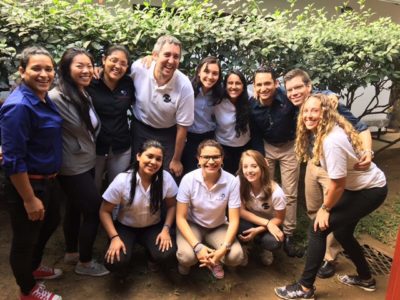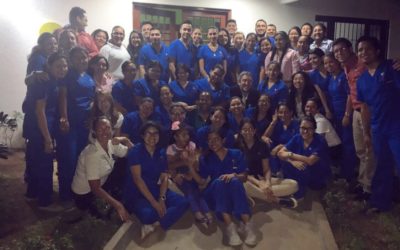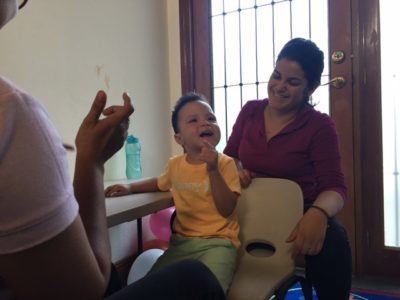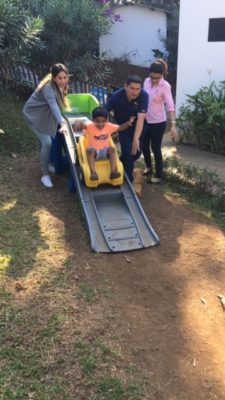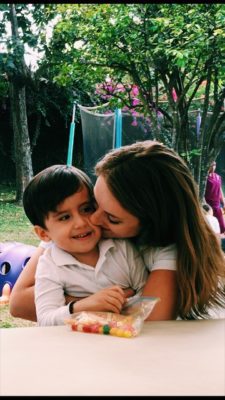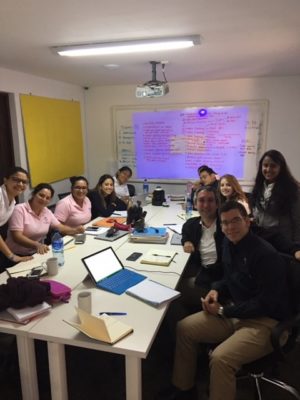My Experience with the Global Autism Project
By: Kelley Hoag
In the fall of 2016 I applied to travel with the Global Autism Project after my supervisor, Allison, had volunteered with them in Kenya last Spring. I was accepted into the program and told I would be traveling to Managua, Nicaragua in February, 2017. The Global Autism Project is an organization promoting acceptance and integration of individuals with autism worldwide by training communities in culturally relevant and sustainable practices.
By January, I had fundraised over $5,000 for my trip, knew worldwide statistics about the prevalence of autism and the number of BCBAs in each country, attended webinars, spoke with both Allison and an assigned mentor, and still had no idea what to expect. I arrived in Brooklyn for orientation three days before my flight to Managua and was welcomed by a group of smiley volunteers who I vaguely recognized from Facebook posts. I immediately felt an amazing energy that carried through for the next two and a half weeks.
Orientation consisted of volunteers for four different trips; Nicaragua, the Dominican Republic, India and Indonesia, all setting out into the field in a few short days. We learned the history of the Global Autism Project, we explored our comfort zones, we practiced clinical procedures and we learned about sustainability and volunteerism. This orientation literally changed my life. I was ready to go to Nicaragua with my other four team members with an entirely new perspective. I was ready to collaborate, lead, follow, teach, learn, keep an open mind, and ask questions.
When we finally arrived at CIE (Centro Intervencion Edu-Terapeutico), the partner site in Nicaragua, we met the staff and hit the ground running. For the next two weeks we were non-stop, helping CIE grow in all the places they felt were most important. We helped the staff with trainings and presentations on key skills such as mand training, social stories and early intervention. We observed the therapists, supervisors and coordinators applying the skills they learned, gave them feedback and modeled specific techniques. We worked with individual clients to make tweaks to their curriculum. We worked on staff morale and cohesion. In just two short weeks we accomplished an inexplicable amount.
By far the most important thing I learned from this experience and really took with me was the sustainability component. I have volunteered in the past, building houses after Hurricane Katrina or organizing walks for Autism Speaks. However, I was never taught or even thought to ask questions. Did the man whose house I helped insulate in New Orleans want me there, or would it have made more sense for a local construction worker to earn money from this same job? Was there a better way I could use my services for someone with autism rather than walking in a circle around a college campus? In Nicaragua, I asked. We asked. From our first interactions with the staff, we asked what they needed and how we could assist. With a small push, we were able to step back and watch them run with these new ideas and their confidence soared. This is making a sustainable impact.
When I returned home at my job at ABI, I found myself asking much more. I now ask parents how we can make programs the most effective for them, which usually includes making parents a more predominant part of the session. It also means asking myself how a program should be run. Can I do this program more naturalistically or can I incorporate a peer? I accredit all of this to my trip to Nicaragua. I am so grateful to have had the opportunity to travel with such an incredible organization with an inspiring message.

